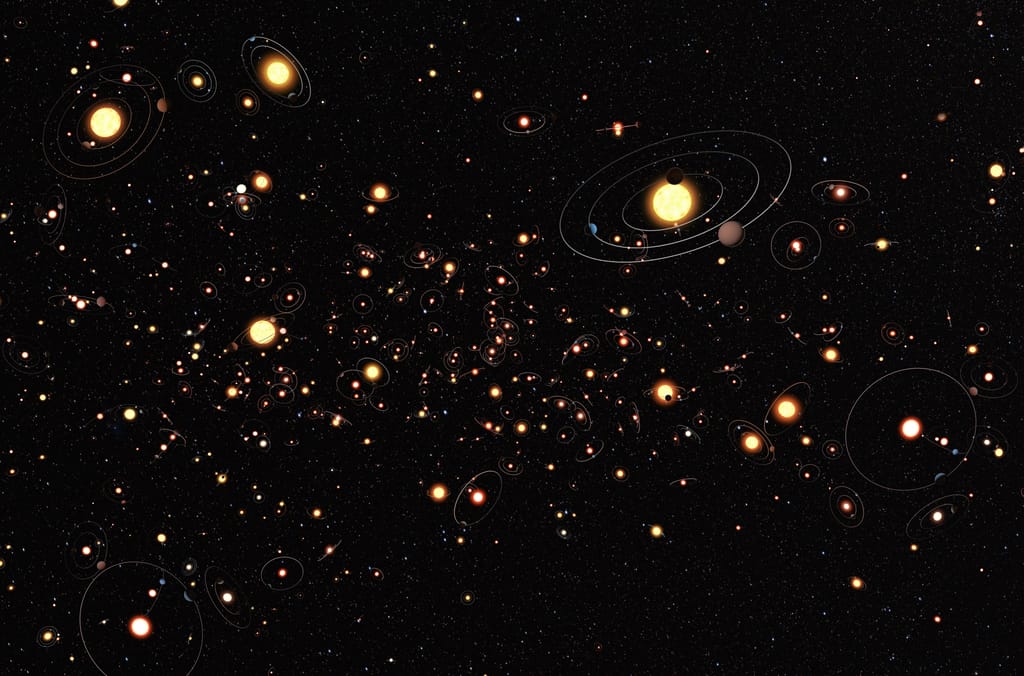
We used to live in a universe where there were only a few known planets. All of them orbited our Sun. However, a recent flurry of discoveries represents a pivotal point in science. NASA has confirmed more than 5,000 exoplanets beyond our solar system in a cosmic milestone. A planet outside the Solar System is known as an exoplanet or extrasolar planet.
The number of confirmed exoplanets has recently topped 5,000, bringing a 30-year odyssey to a close. NASA celebrated a major milestone by announcing that its space telescopes had assisted in the confirmation of thousands of new exoplanets
New Exoplanets update
The NASA Exoplanet Archive updated its planetary odometer in March, adding 65 new exoplanets (planets outside our solar system). The archive contains planetary discoveries that have been confirmed by various detection methods or analytical methods and have appeared in peer-reviewed scientific journals.
Planets discovered thus far range from small, rocky worlds like Earth. Ther are also gas giants considerably larger than Jupiter to “hot Jupiters,” which orbit their sun in scorchingly close orbits. There are also “super-Earths,” massive rocky worlds that may be larger than our own. There are also “mini-Neptunes,” which are smaller copies of Neptune in our solar system.
Our galaxy, as far as we know, has hundreds of billions of such planets.
New worlds
It’s more than a number, according to Jessie Christiansen. She is the archive’s science head and a research scientist at Caltech’s NASA Exoplanet Science Institute.
“Each one of them is a new world, a brand-new planet. I get excited about everyone because we don’t know anything about them.”
Professor Alexander Wolszczan looks for exoplanets at Penn State. He believes we are entering a phase of discovery that will go beyond just adding new planets to the list.
“To my thinking, it is inevitable that we’ll find some kind of life somewhere – most likely of some primitive kind,” Wolszczan said.
He noted that the strong relationship between the chemistry of life on Earth and the chemistry present throughout the universe, as well as the widespread presence of organic molecules, makes the finding of life elsewhere merely a question of time.
